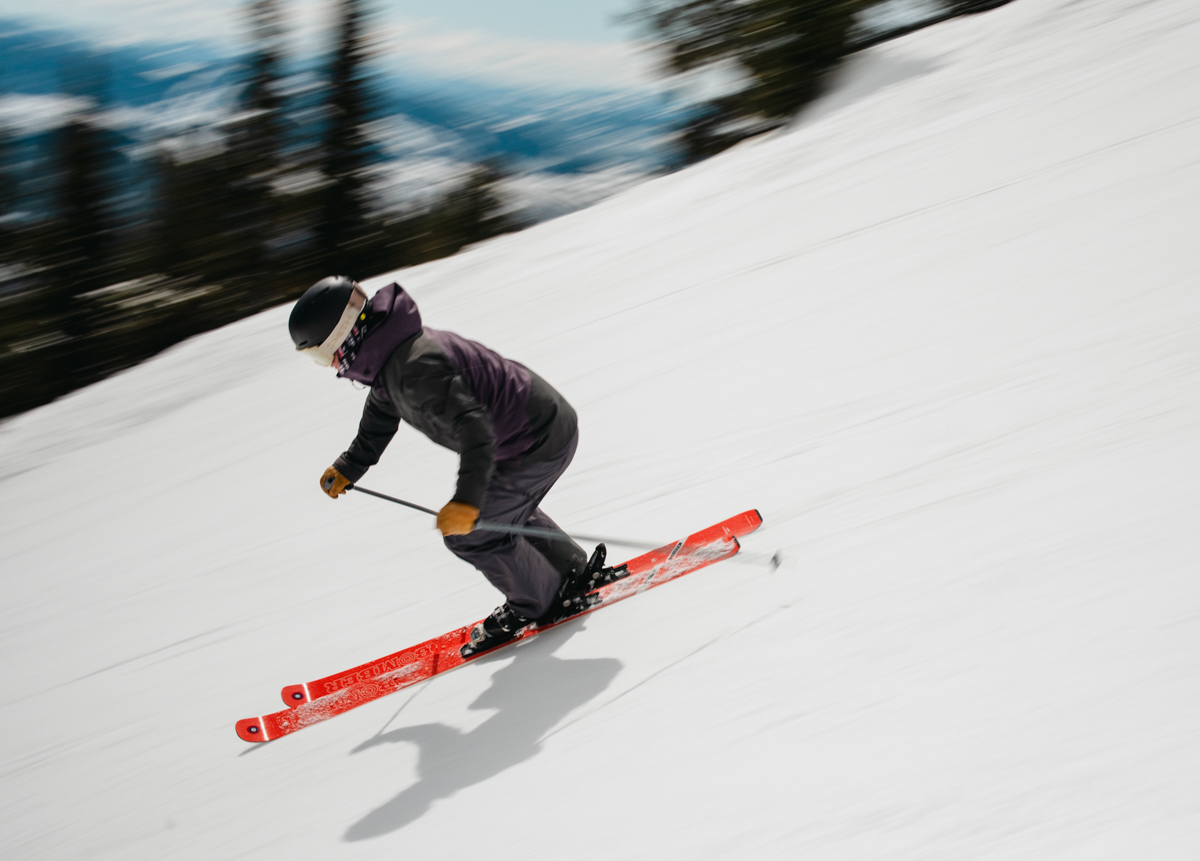Smart Tech for Your Next Ski Adventure
The modern ski adventure demands more than just a few pieces of important gear and some good snow. Today, skiers and snowboarders alike depend on smart devices, navigation apps, and assorted connected safety tools. These tools help you check conditions, stay in touch on the mountain, and plan your route down safely. Tech can help make things smoother and substantially safer, but nothing’s foolproof.
Cold weather and altitude changes can make connectivity difficult. Sometimes, it just comes down to a poor signal. That’s why some basic prep is essential before ever stepping outside. In this post, we’ll look at a few ways that smart tech helps you stay safe, connected, and organized, no matter where you are.
Must-Have Apps for Safer Skiing
Having the right mobile tools can turn the average ski trip into a much safer and more enjoyable experience overall. Start by downloading avalanche apps like OnTheSnow, Avalanche Forecasts, or OpenSnow, plus any state-specific apps your destination offers. These all provide real-time updates critical to safety on the mountain. You’ll get snow depth, current temperature, temperature shifts, wind, and more.
Trail mapping apps like Ski Tracks and FATMAP give you resort map exploration. They also let you track individual runs, so you can measure performance iterations. Track your speed, distance, elevation, times, and more as you get an incredible workout. If you’re in unfamiliar terrain, offline maps can literally save your life.
It’s also a good idea to add an emergency alert app to your toolkit. Options from bSafe and Life360 can automatically share your coordinates with rescue teams or family in emergencies. You can even preset check-in intervals or safety timers that will activate if you don’t respond in time.
Staying Online When the Signal Drops
Internet access can be spotty at best in many remote skiing locales. Connectivity only gets worse as you gain altitude, so to stay connected, many travelers bring portable hotspots or use access points at their resort.
However, mountain Wi-Fi can be slow and unstable, which may cause VPN connection issues when you need secure access for maps or bookings. It can mean secure access to maps or reservations can be in jeopardy.
The best solution is to use the most stable network available. You can also try switching your VPN server to one that’s closer to your physical location. Double-check your apps to make sure they’re up to date. Try changing the VPN protocol settings to boost compatibility, but remember that some locations may block VPN traffic.
Boosting Safety with Smart Gear

The right gear can really make a difference on the slopes. Skiers today typically have access to technology that adds safety on top of convenience. On Snow GPS trackers like the inReach from Garmin help friends and family find each other in real time.
Anyone traveling into backcountry terrain should also have an avalanche transceiver. Smart helmets even have integrated communication systems. These allow hands-free talk or music without digging in pockets or removing layers.
Connected gloves are a great piece of tech that can make controlling your phone, action camera, or drone with just a tap or gesture. Document your trips more easily when you don’t have to take gear off to hit record. Finally, consider a compact solar charger or pocket power bank if you’ll be out all day.
Capturing Every Run Without Risk
The only thing better than a day on the slopes is recording the best parts so you can play them back later. It has become much easier with things like 360 action cameras and smart goggles. These lightweight 4K cameras can record in all directions at once, allowing you to choose the perfect angle for every shot. Some goggles even come with built-in AI-powered recording capabilities.
If you use drones, always check resort policies before flying. Many areas restrict drone use for safety and privacy reasons. To protect your footage, back it up to encrypted cloud storage or a password-protected device once you’re off the mountain. Filming or creating content responsibly means your memories are preserved without detracting from the speed and the snow.
Online Security While Traveling
Even at ski resorts, online safety matters. Many lodges and coffee shops offer public Wi-Fi that isn’t always secure. Hackers often use these open networks to intercept data or access personal accounts.
Before connecting, check that the network name matches what the resort provides. Turn off automatic reconnect on all your devices to prevent them from potentially joining evil-twin hotspots without warning.
Use a VPN for every login, especially when handling emails, maps, or payment apps. If you run into an issue, like your VPN not connecting, switch to a different server or restart the app before reconnecting. Avoid file sharing on public Wi-Fi, and always update your software before traveling.
Enjoying the Slopes and Staying Secure
When it’s used wisely, smart tech can make skiing safer and way more fun. Reliable apps, durable gear, and secure connections keep you focused on the experience instead of worrying about your devices.
Get your setup planned before the trip and test your apps. Then, give your privacy settings a once-over. When you go into an adventure prepared, staying safe and connected is much easier. The best days on the mountain come from fresh powder, reliable gear, and peace of mind.

